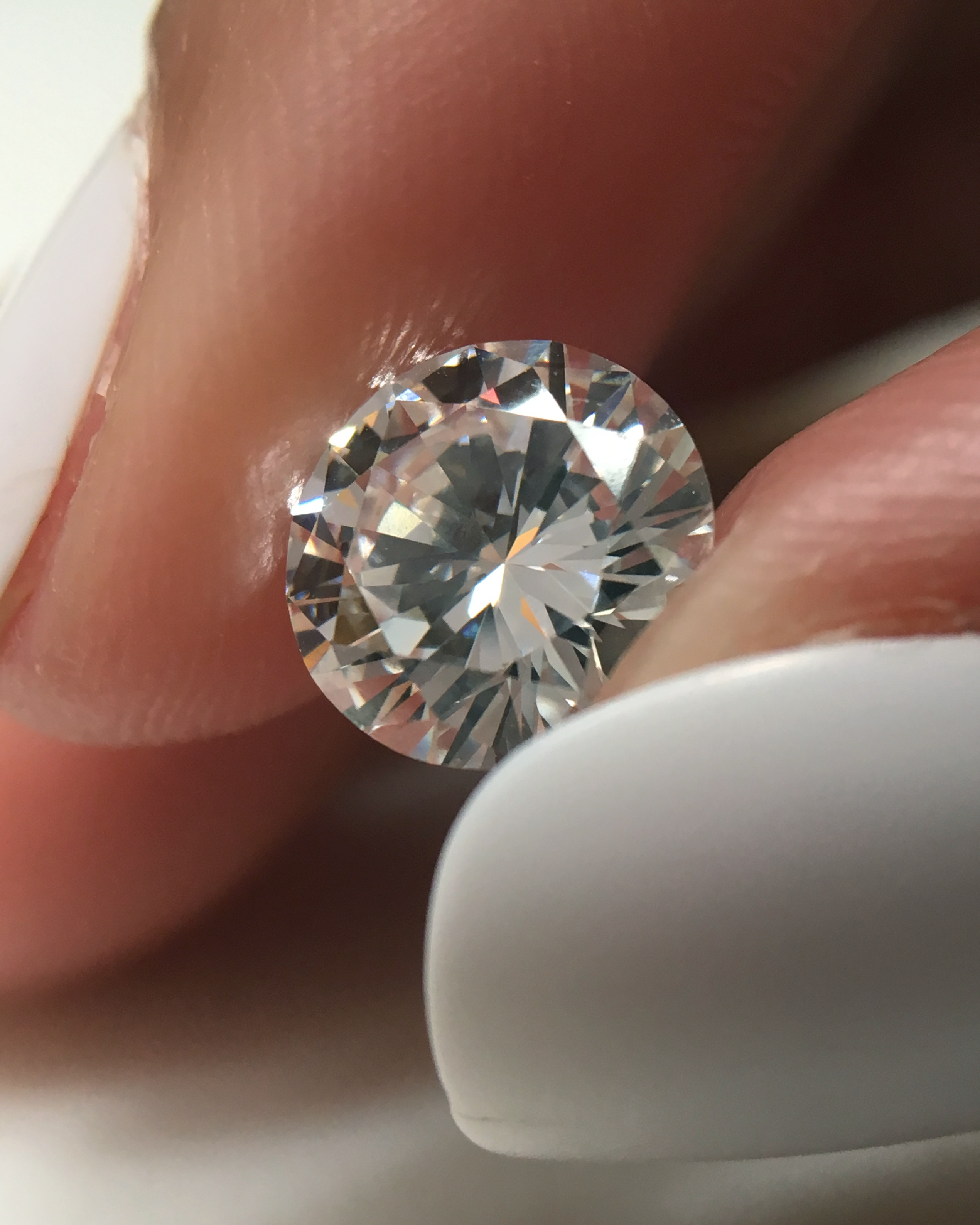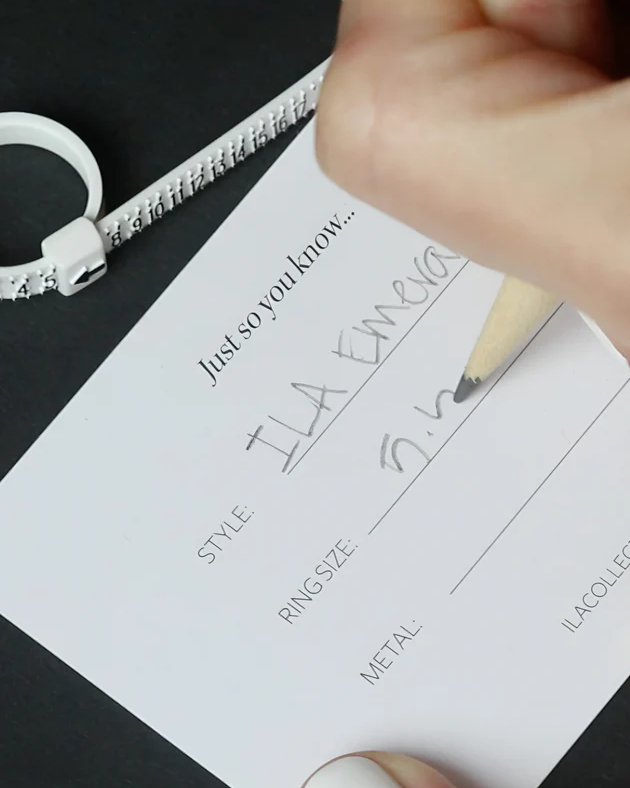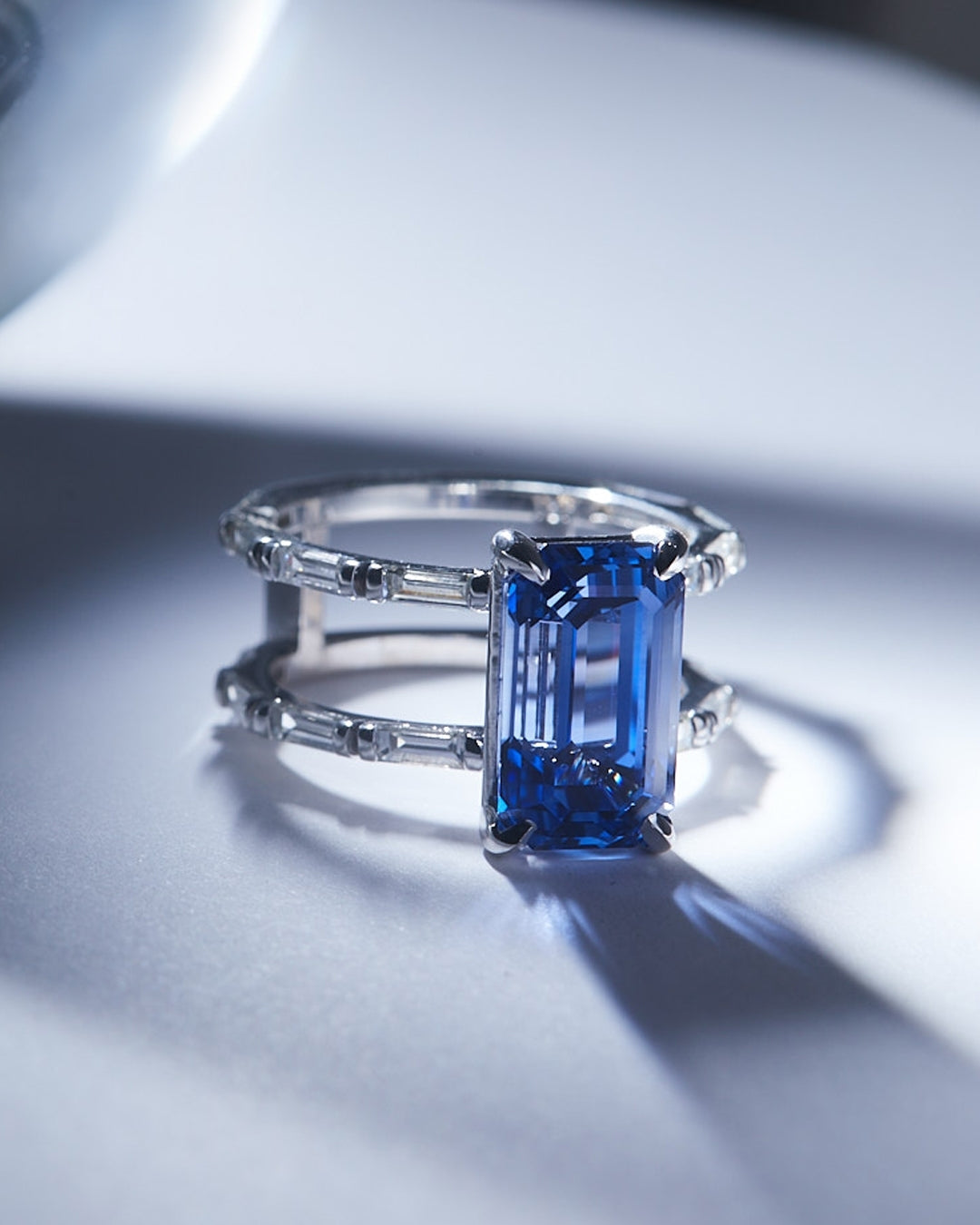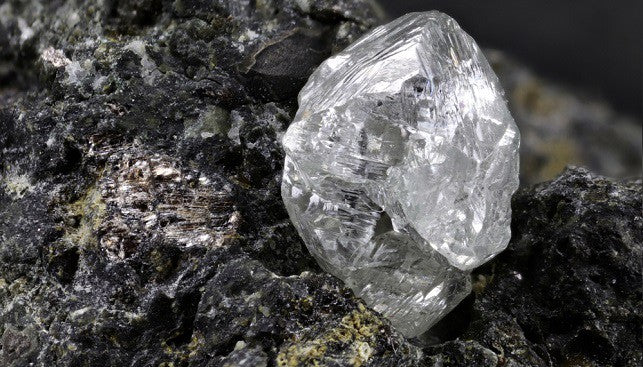
Reading a GIA Diamond Certificate: The Easy Way
A diamond certification is written proof a diamond’s unique characteristics. The three primary institutions that grade diamonds are the American Gem Society (AGS), the Gemological Institute of America (GIA), and European Gemological Laboratory (EGL). Each laboratory has different guidelines and practices for the way in which it grades stones. Here at ILA, we believe that the GIA is currently the most meticulous in their grading procedures and most widely used. Next in line is the AGS, followed by the EGL. The most renowned laboratories are the GIA and AGS. Because of their strict guidelines, all of our natural mined diamonds are certified by GIA. In fact, we have graduate gemologists from the GIA in our sourcing and grading department.
Does a certification affect value?
Absolutely! Diamonds without a certification are much less expensive; however, you do run the risk of purchasing a stone that does not possess the same characteristics as the jeweler tells you.
📷The Anatomy of a Diamond Certification from the GIA
One of the first things you should see, aside from the GIA logo at the top is the date the stone was graded. Below the date is the laser inscription registry, if applicable. It is common for many stones to have a small number laser inscribed on the girdle that corresponds with the report number, which is located on the far left side of every certificate. A laser inscription is a great way to protect your stone during maintenance of a piece of jewelry. If your stone has a laser inscription, make sure the jeweler allows you to see the number before and after and the maintenance is completed. Below the inscription registry is the shape and cutting style as well as the measurements of the stone. The shape and cutting style reveal the outline of the diamond, while the measurements include dimensions in millimeters.The next section of the certificate includes the grading results based on the GIA’s 4C’s of a diamond. The 4C’s are comprised of the carat weight, color grade, clarity grade, and cut grade. Carat weight is the overall weight of the diamonds. One carat is equal to 1/5 of a gram. A color grade represents the amount of color absent in a diamond from colorless to light yellow or brown. Clarity grade rates the absence of inclusions from Flawless to Included based on location, color and size of the inclusions. Lastly, cut grade assesses the overall rating of proportions for round brilliant diamonds. Here GIA goes more in depth about the Four C’s it famously created http://www.gia.edu/lab-reports-services/about-the-4cs/index.html.
The third section includes any additional information obtained during the grading process. The first item you should see is the finish, which identifies both the polish and symmetry. Following the finish is the status of any fluorescence as well as any comments that grader might have included. Finish includes the surface condition, or polish, and the evenness of outline, or symmetry. Fluorescence is a color a diamond emits under long lave UV rays.
At the bottom of the certificate, you should see reference diagrams that include a key to symbols reflected on the diagrams. These images are representations of the inclusions in the diamond as well as their placement and visibility from the crown and pavilion of the diamond (from face-up and face-down). Next to the reference diagrams is a profile image of the diamond that reveals all of exact proportions of the diamond. This is a profile to actual proportions.
On the right side of the page, the GIA kindly placed reference scales for which is bases its grading on. These convenient scales include the GIA color, clarity, and cut scale, so that you can see where your diamond lays on the scale.
Lastly, you will see security labels at the bottom right hand corner that safeguard the integrity of the certification as well as prove it is an authentic document.
📷What is a Dossier Certificate and how is it different?
The GIA also offers a smaller, less expensive certificate that still includes all of the same components as the full certificate but does not include reference diagrams. The physical size of these certificates are significantly smaller but do not decrease the value of the stone in anyway. For many jewelers, it is a great way to certify smaller stones without paying a hefty certification price.
How are GIA certificates different from other laboratories?
While certificates from the AGS or EGL can vary on their placement of items, the main components should remain the same.









